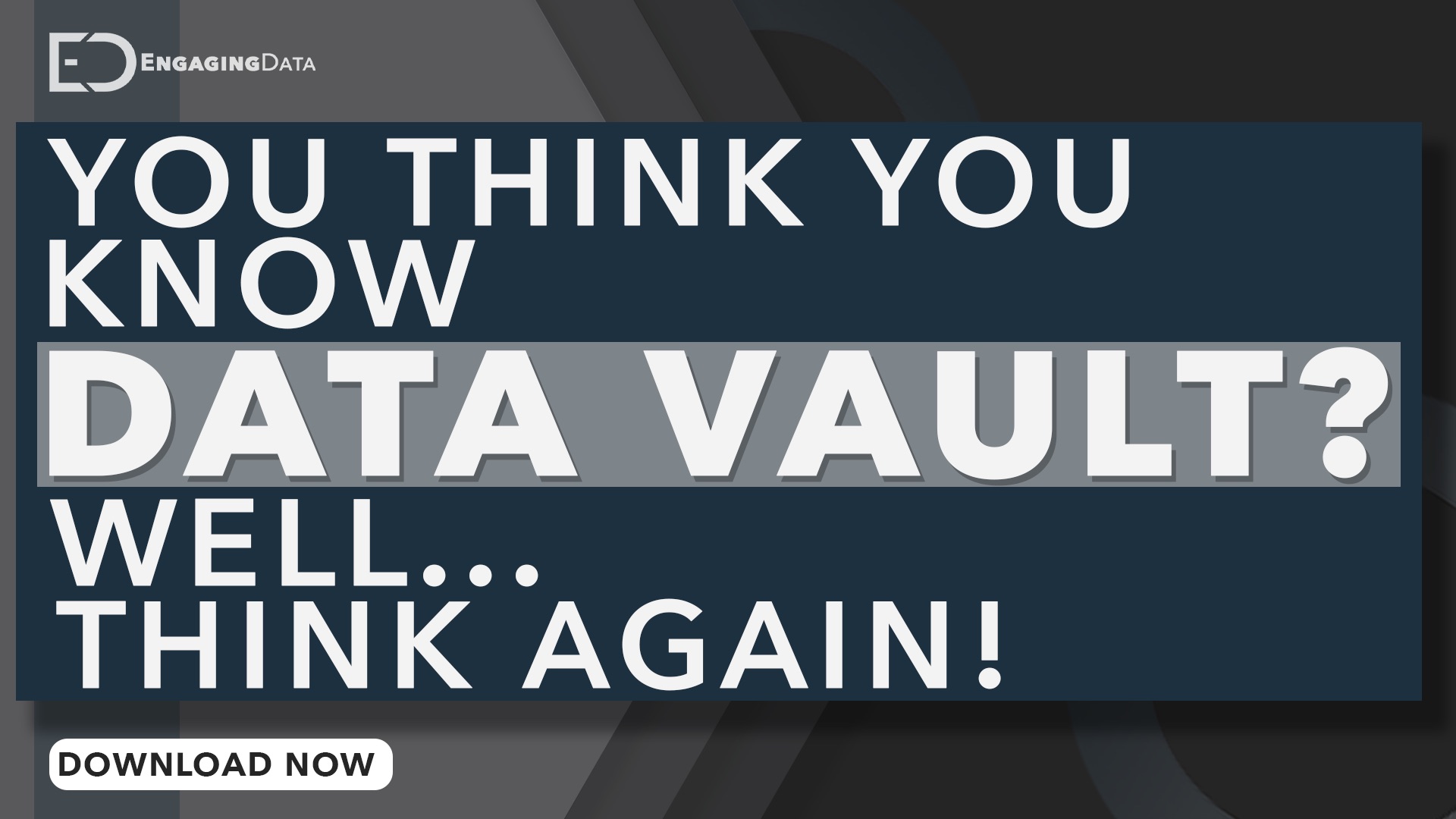Data Vault vs. Data Warehouse: Key Differences and Benefits
Within data management, two terms often come up: Data Vault and Data Warehouse.
While both are crucial for organising and storing data, they serve different purposes and have unique advantages.
This blog post will explore what each of these concepts entails, their key differences and when to use Data Vault. Understanding these distinctions can help optimise your data management strategy.
What is a Data Warehouse?
A data warehouse is a centralised repository for storing large volumes of structured data from various sources. It is designed to support business intelligence activities, such as querying and reporting.
Data Warehouses typically use a schema-on-write approach, meaning data is structured before being stored. This ensures that data is clean, consistent, and ready for analysis.
Data warehouses are ideal for historical data analysis, allowing businesses to make informed decisions based on previous performance. They provide a high level of data integration, ensuring that data from different sources is consolidated in a unique format. However, this structure can be rigid, making it challenging to adapt to changes in data sources or business needs.
What is Data Vault?
Data Vault is a methodology and architecture for data warehousing that focuses on agility and scalability. Unlike traditional data warehouses, Data Vault uses a schema-on-read approach, allowing data to be ingested in its raw form and structured when read. This method accommodates changes in data sources and business requirements more flexibly.
Data Vault architecture compromises three main components: hubs, links, and satellites.
- Hubs: represent unique business entities
- Links: Capture relationships between entities.
- Satellites: Store descriptive attributes and contextual data.
This modular design allows for incremental loading and makes the Data Vault highly scalable. Additionally, it supports auditability and traceability, as all data changes are preserved over time.
Key Differences Between Data Vault and Data Warehouses
The primary difference between Data Vault and data warehouses lies in their design philosophy.
Data warehouses prioritise structures, and clean data for immediate analysis, while Data Vault emphasises flexibility and scalability.
Data Vault’s schema-on-read approach contracts with the schema-on-write method of data warehouses. This means that in Data Vault, data can be stored in its raw form and structured as needed, whereas in data warehouses, data must be structured before storage.
Data Vault is also more adaptable to changes. Its modular components (hubs, links, and satellites) make it easier to adjust to new data sources or business requirements. In contrast, modifying a traditional data warehouse can be more complex and time-consuming.
Additionally, Data Vault excels in auditability and traceability, preserving historical changes in data, which is less emphasised in traditional data warehouses.
When Should I Use Data Vault?
Data Vault is particularly beneficial in scenarios where data sources are constantly evolving, and business requirements frequently change. Its flexibility allows for seamless integration of new data without disrupting existing processes. This makes Data Vault ideal for dynamic industries such as finance, healthcare, and telecommunications.
If your organisation requires a high degree of auditability and data lineage, Data Vault provides robust capabilities for tracking changes and ensuring data integrity. Additionally, if you anticipate significant growth in data volume, Data Vault’s scalability can efficiently handle large datasets.
In contrast, if your primary need is immediate, structured data for reporting and analysis, a traditional data warehouse might be more suitable. Data warehouses are well-suited for stable environments where data sources and business requirements are relatively static.
Benefits of Data Vault
One of the significant benefits of Data Vault is its scalability. The architecture is designed to handle large volumes of data and can grow with your organisation’s needs. This makes it an excellent choice for companies expecting rapid expansion.
Another advantage is its flexibility. Data Vault can easily adapt to changes in data sources and business requirements, reducing the need for extensive re-engineering. This adaptability ensures that your data infrastructure remains relevant and effective over time.
Auditability and traceability are also key benefits. Data Vault maintains historical record of data changes, allowing for detailed auditing and compliance reporting. This is particularly valuable in industries with strict regulatory requirements.
Furthermore, the modular design of Data Vault supports incremental loading, which can improve data processing efficiency and reduce load times. This ensures that data is available for analysis more quickly, supporting timely decision-making.
Conclusion
Understanding the differences between Data Vault and Data Warehouses is essential for effective data management. While data warehouses provide structured, ready-to-use data for analysis, Data Vault offers flexibility, scalability and robust auditability.
By choosing the right approach based on your organisation’s needs, you can optimise your data strategy and enhance business intelligence efforts.
Data Vault is ideal for dynamic environments with evolving data sources and stringent auditing requirements. Conversely, traditional data warehouses are best suited for stable environments needing immediate data for reporting.
Assess your organisational needs and data management goals to determine the best fit for your data infrastructure.
You Think You Know Data Vault? Well… Think Again!
Are you familiar with Data Vault? Do you harbour doubts or reservations about its efficacy?
It will challenge your assumptions, dispel misconceptions, and offer a fresh perspective on its powerful data modelling approach!

